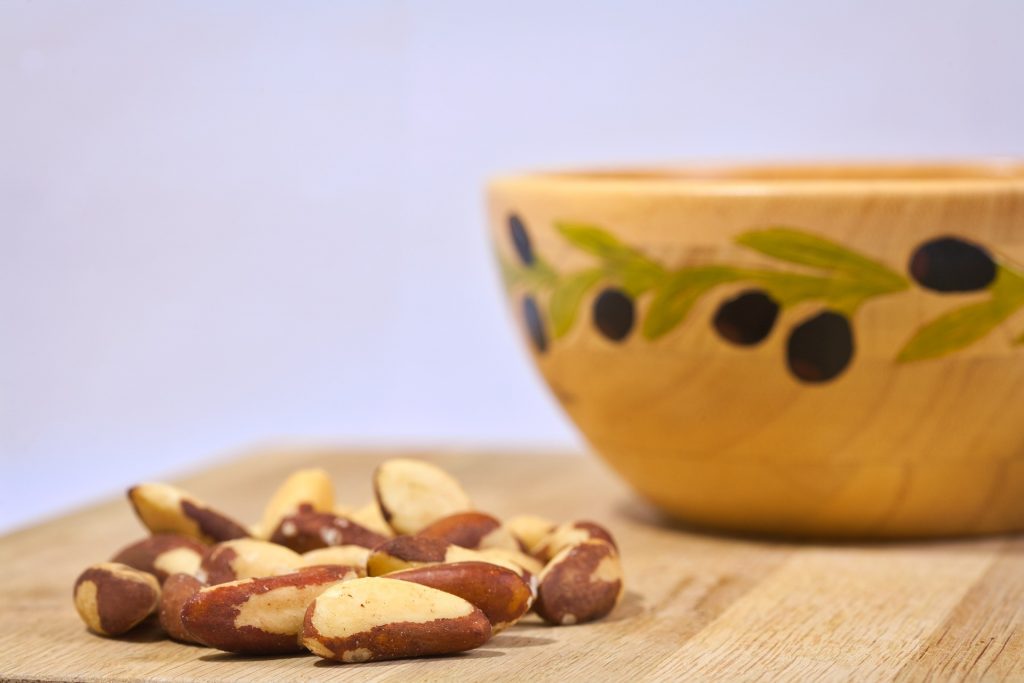 Vitamin B6 (pyridoxal) is an essential nutrients that acts as a cofactor to a large number of important enzymes in human metabolic pathways. Good sources of vitamin B6 include cereal grains, turkey, nuts and seeds, organ meat, fish and some vegetables and fruit. In this role vitamin B6 is involved in the metabolism of amino acids, the synthesis of neurotransmitters, nucleic acids, porphyrins, and lipids, as well as the breakdown of glycogen. Vitamin B6 is ingested and activated to the pyridoxal-5’-phosphate form, and it is this form that is used to assess the vitamin B6 status. Pyridoxic acid is a metabolite of vitamin B6 and this can also be used to assess vitamin B6 status. A low intake of vitamin B6 and a poor vitamin B status is associated with an increased risk of cardiovascular disease. In addition, low plasma levels of pyridoxal-5’-phosphate are also associated with inflammation, which relates to cardiovascular disease because inflammation is associated with the development of the disease.
Vitamin B6 (pyridoxal) is an essential nutrients that acts as a cofactor to a large number of important enzymes in human metabolic pathways. Good sources of vitamin B6 include cereal grains, turkey, nuts and seeds, organ meat, fish and some vegetables and fruit. In this role vitamin B6 is involved in the metabolism of amino acids, the synthesis of neurotransmitters, nucleic acids, porphyrins, and lipids, as well as the breakdown of glycogen. Vitamin B6 is ingested and activated to the pyridoxal-5’-phosphate form, and it is this form that is used to assess the vitamin B6 status. Pyridoxic acid is a metabolite of vitamin B6 and this can also be used to assess vitamin B6 status. A low intake of vitamin B6 and a poor vitamin B status is associated with an increased risk of cardiovascular disease. In addition, low plasma levels of pyridoxal-5’-phosphate are also associated with inflammation, which relates to cardiovascular disease because inflammation is associated with the development of the disease.

Vitamin B6 (pyridoxal) is an important vitamin in human nutrition. The biologically active form of pyridoxal is pyridoxal-5’-phosphate. Poor vitamin B6 status is associated with inflammation and cardiovascular disease. One mechanism by which this might occur is through the generation of homocysteine. Homocysteine is a breakdown product of methionine metabolism, and vitamin B6 is needed for its degradation. Low levels of vitamin B6 result in elevated levels of homocysteine and this may damage artery walls though free radical damage. This free radical damage, may in turn be a cause of inflammation. Nuts and seeds are a good source of vitamin B6, as too are cereal grains, fish, organ meats and some fruits and vegetables.
Low plasma pyridoxal-5’-phosphate may result from a redistribution of the compound to the erythrocytes and inflammatory tissues, thus lowering plasma levels. In addition, there may be a lowering of plasma levels during inflammation due to an increase catabolism of pyridoxal-5’-phosphate to pyridoxic acid. The pyridoxal-5’-phosphate to pyridoxic acid ratio is therefore a possible useful tool in the assessment of underlying inflammation. Studies have assessed plasma levels of pyridoxal-5’-phosphate, pyridoxal and pyridoxic acid in order to assess their relationship to inflammation and cardiovascular disease. The plasma pyridoxal-5’-phosphate to pyridoxic acid ratio was associated with all cause mortality, cardiovascular mortality and inflammation, even after controlling for established risk factors. In patients with stable angina pectoris, the pyridoxal-5’-phosphate to pyridoxic acid ratio had a better predictive strength than smoking, diabetes, hypertension or lipoprotein changes.
Eat Well, Stay Healthy and Protect Yourself
RdB
